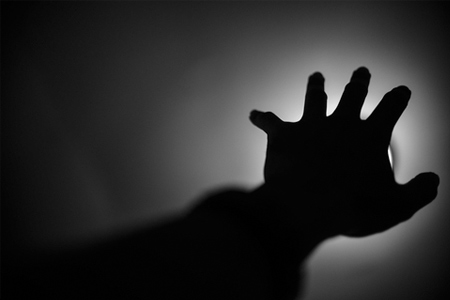People are usually stunned to learn that there are no set staff/resident ratios in aged-care homes. They simply assume that frail people in care will be treated like other vulnerable individuals – for example like those in hospital or very young children in kindergarten and day-care who receive the protection of mandated levels of staffing.
Then tell them that some homes have only one or two staff members on duty at night to care for - perhaps 100 residents - and the shock is magnified many times over.
So what are the night staffing levels in our aged-care homes - on average? How would we know?
Prospective residents and their families are not generally told about staffing issues – even though these are highly significant when choosing a home. There is no compulsion for proprietors and their managers to do so and it is not usually in their interest to disclose.
If we go to anecdotal evidence, then the way in which residents are cared for at night appears to be very risky in many instances.
In 2006, Choice Magazine published a guide to choosing a nursing home. The general advice, resulting from their research, was that we all need to plan early for our future care needs. Within that story, there were several accounts from people with family members in care.
One man stated that, at his wife’s home, there was one person on duty at night to look after 80 residents. How not to be shocked!
Things seem to be no different now. Perhaps they are even worse.
Take this recent account from an experienced nurse who finally resigned rather than work in conditions dangerous to both her and the residents in her charge.
... I was the Div 1 working alongside a PCA for a 40 bedded nursing home and across the corridor there are 110 residents which 2 PCA's are in charge of. I have overall charge of the whole unit approx 150.
After the initial shock of being just run off our feet from beginning to end I decided to speak to the manager and explain that I felt that it was dangerous and my registration was at risk.
I felt that we needed more staff at night and that having 4 staff for 150 was too much. The facility had people with dementia wandering around continuously.
To top it all I had to go over the other side every night (one time 15 times!) if the staff needed me for whatever reason..."
Then there is this comment …
... Our 'low care' facility has around 60 residents. On paper, we have 2 staff overnight, but 1 of them is, more often than not, flogged by the high care N/h. Over half of our 'low care' residents are actually high care, but our staffing levels have dropped.’
At one Melbourne home, four staff are expected to care for 188 people at night.
What is it about night time that makes it OK to slash staffing levels to extreme levels? Certainly many residents are asleep. But often wandering residents still wander, people are still at risk of falls during the night, people become ill and medications still need to be administered.
Those residents who have been sent off to emergency departments of hospitals (because there is no skilled staff to care for them at the home) are often returned late at night. And, as we have so sadly learnt with the Quakers Hill Nursing Home disaster, fires can be started in the early hours of the morning.
And, dare I say it, some residents who are unable to sleep might like a spot of human companionship and comfort from the staff who care for them!
Recently, questions have been raised about the increased numbers of deaths in nursing homes in South Australia over the past 5 years.
It is not clear what has caused this spiral in the death rate in homes. But one thing is sure – having staffing levels as low as the ones described above creates a dangerous situation for the vulnerable people in care.
Proprietors of homes and others claim there is a need for "flexible" staffing and that mandated staff/resident ratios prevent that from occurring.
But there comes a point where people are just not safe.
And having one person to care for 80 vulnerable people or more is well past that point.




Comments